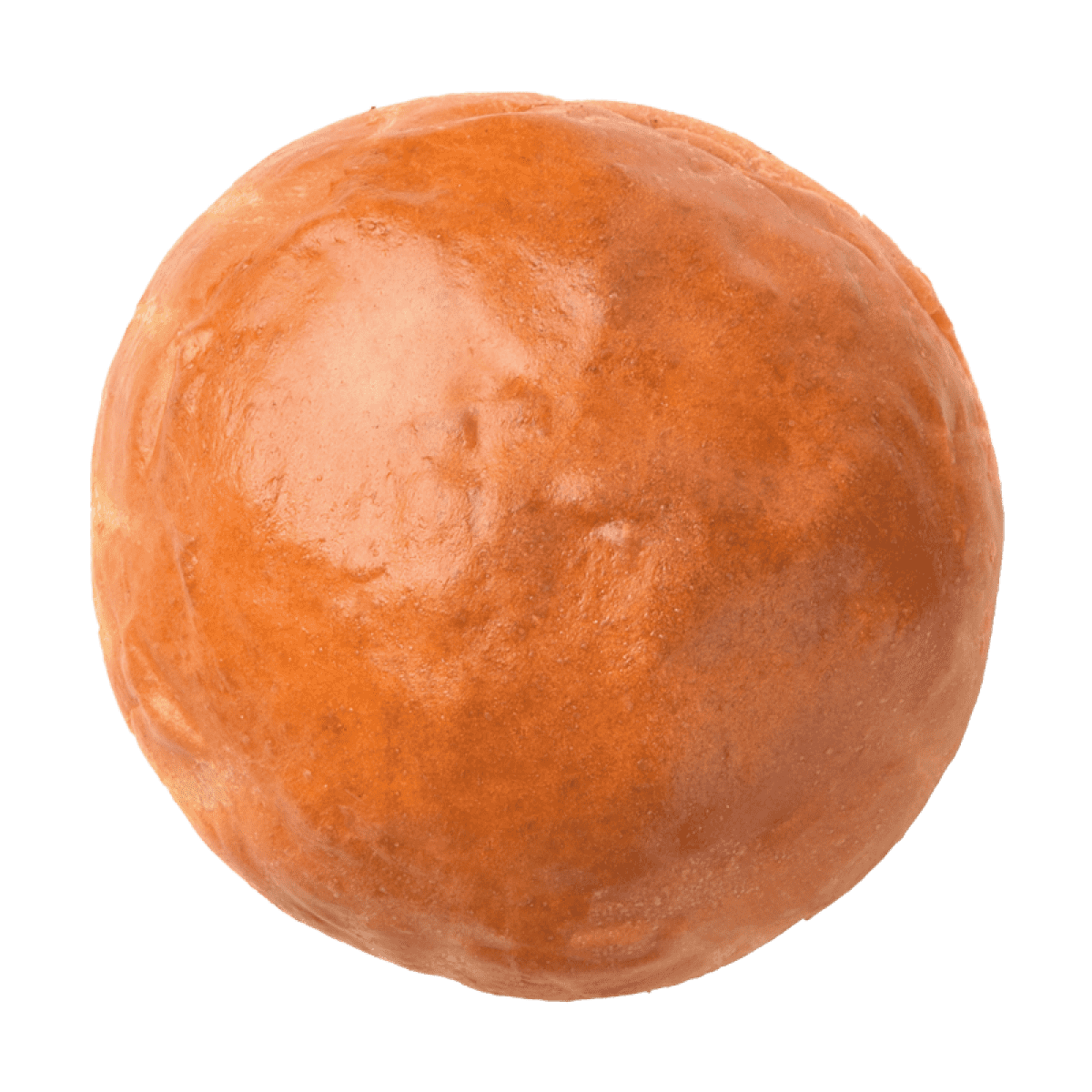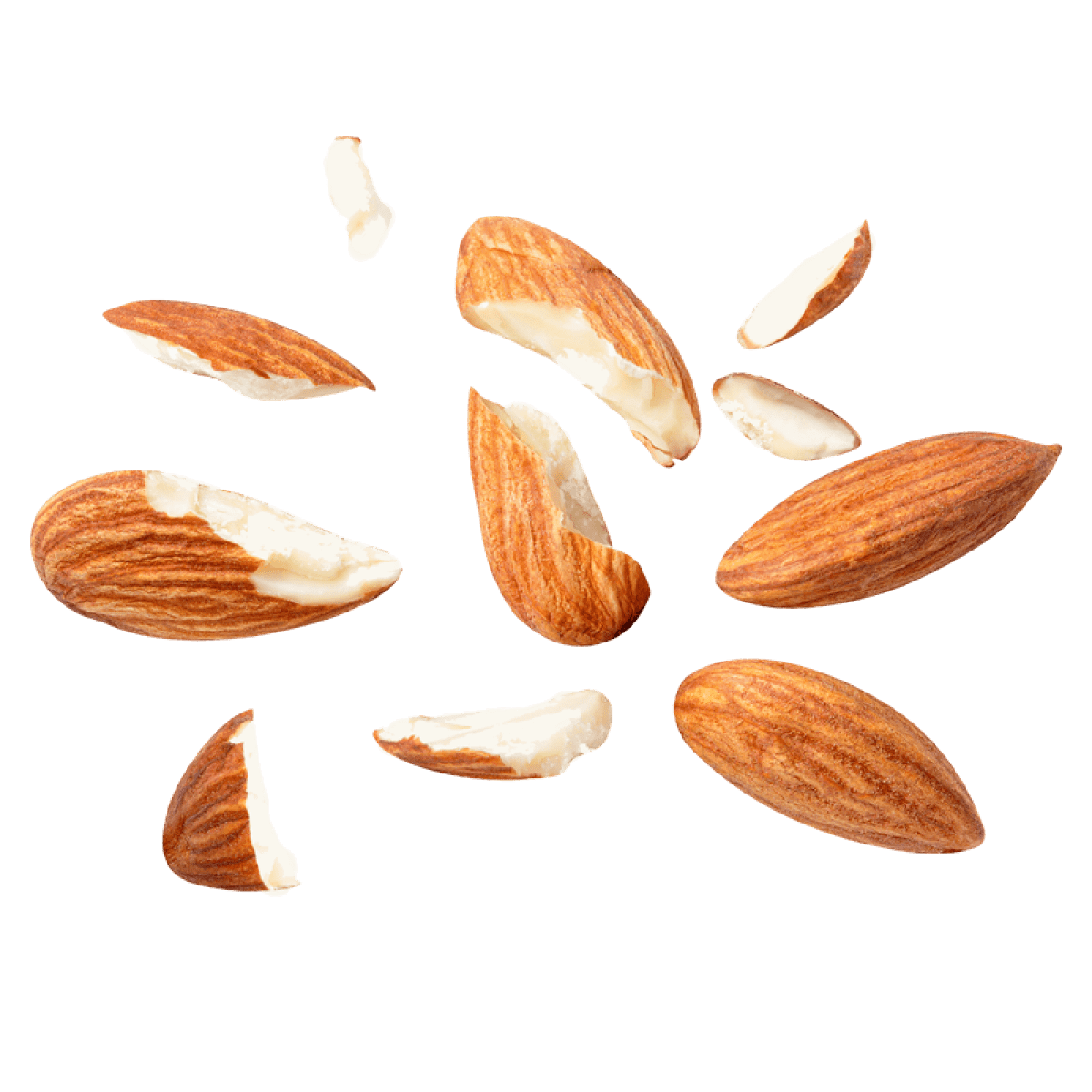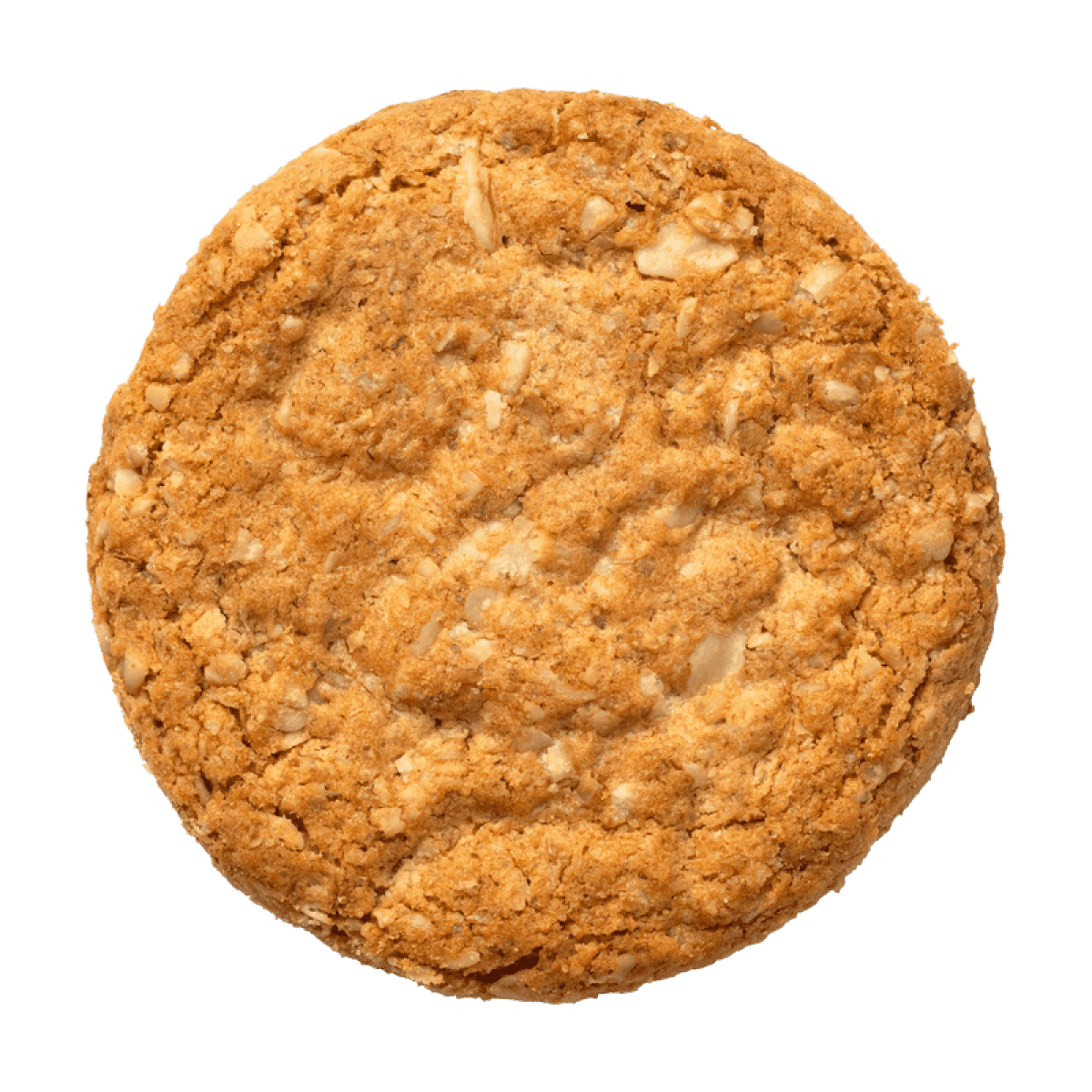法國香檳
趣味小常識
Champagne corks are under so much pressure that a flying cork can reach speeds of 50 miles (80km) per hour.
Champagne goes great with comfort foods like mac & cheese, fried chicken and buttered popcorn.
這種風格的味道如何?
根據22,689款葡萄酒的1,047,574則評論
温和
含碳酸
淡身
厚身
柔和
酸



- 蘋果
- 青蘋果
- 梨
- 桃
- 杏桃
- 黃蘋果
- 甜瓜
- 焗蘋果
- 核果類水果
- 白桃
- 木梨
- 油桃
0提及了树果意味



- 牛油麵包
- 多士
- 杏仁
- 餅乾
- 堅果
- 榛子
- 杏仁膏
- 核桃
- 烤杏仁
- 烤杏仁
- 板栗
- 烤堅果
0提及了陈酿意味



- 柑橘
- 檸檬
- 西柚
- 青檸
- 橙子
- 柠檬皮
- 檸檬皮
- 橙皮
- 橘
- 青檸皮
- 血橙
- 粉紅葡萄柚
0提及了柑橘意味
了解風格
While there are many sparkling wine regions around the globe, only Champagne from the Champagne appellation in France can be labeled as such.
Champagne has long been the wine of choice to celebrate special occasions, and its reputation as a luxury beverage has been intact since the Romans established vineyards in Reims in the 5th century (that's a really long time ago).
Sparkling Champagne wasn't discovered until the 16th century, by accident, by the Benedictine Monks. Early vintages of Champagne were dubbed “the devil's wine” because the bottles tended to explode. Improvements to both bottle and cork developed over hundreds of years.
Champagne is mainly made from a blend of Chardonnay, Pinot Noir, and Pinot Meunier grapes, and most of it is produced as a non-vintage wine, meaning that it's a blend of several vintages. Generally speaking, non-vintage Champagne is fantastic, and tends to be less expensive than vintage Champagne—this is because a vintage year is only declared when growing conditions are especially favorable.
The convivial nature of Champagne is due in part to how it's made. Following primary fermentation and bottling, a secondary alcoholic fermentation is induced in the bottle, which is achieved by the addition of yeast and rock sugar. The bubbles we love so much are a natural byproduct of this magical secondary fermentation, in the form of carbon dioxide.